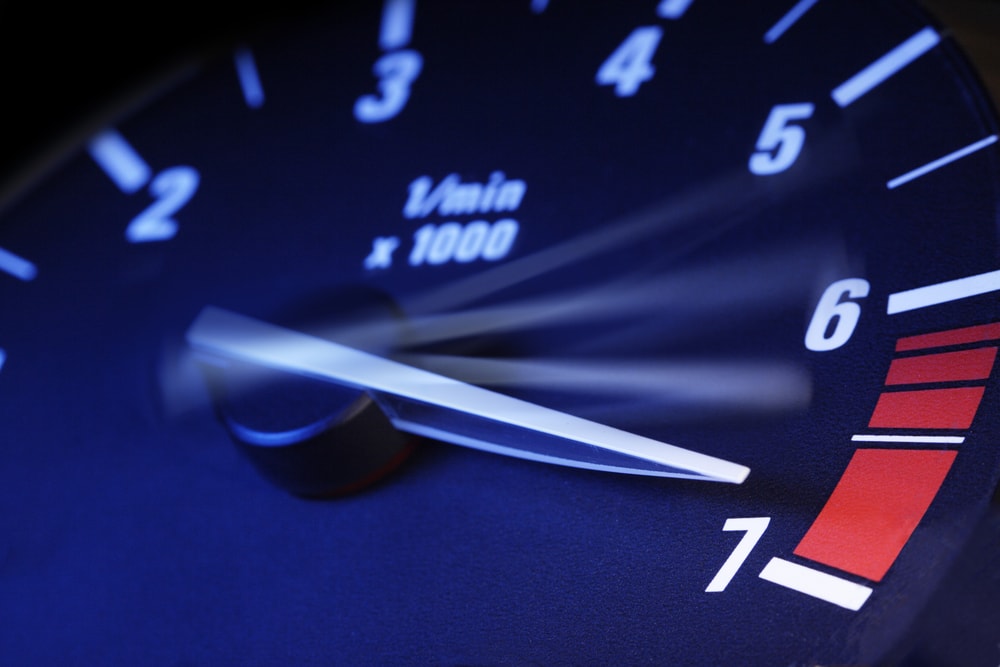Unlocking the Secrets of Tachometers: Everything You Required to Find Out About This Crucial Instrument in Your Car
Understanding the intricacies of tachometers can give beneficial understandings into your vehicle's efficiency and upkeep demands. From measuring engine rate to understanding the data it presents, tachometers act as a vital tool for vehicle proprietors and lovers alike. By unraveling the enigmas behind this necessary instrument, you can open a riches of information that can boost your driving experience and guarantee the longevity of your lorry.
Significance of Tachometers
The significance of tachometers hinges on their ability to give vital real-time data concerning an engine's rotational speed, permitting accurate surveillance and maintenance of equipment. By determining the changes per minute (RPM) of an engine's crankshaft, tachometers supply important understandings into the engine's efficiency - tachometer. This data is necessary for guaranteeing that the engine runs within its optimal variety, avoiding prospective damages from over-revving or underperforming
Tachometers play an important duty in helping operators and professionals discover any kind of anomalies in the engine's speed, which can indicate problems such as gas inefficiency, mechanical issues, or too much strain on the engine. By quickly recognizing these concerns through tachometer analyses, upkeep can be performed proactively, stopping pricey repairs and downtime in the future.
In addition, tachometers are particularly important in high-performance lorries and equipment, where precise control over engine speed is needed for optimum procedure. Competing vehicles, airplane, and commercial tools rely upon tachometers to deliver peak performance while maintaining security requirements. Fundamentally, tachometers are not simply tools for gauging rate yet indispensable tools for guaranteeing the smooth and effective procedure of engines throughout different applications.
Just How Tachometers Action Engine Rate
Using sensors that identify the regularity of electrical pulses generated by the engine's ignition system, tachometers properly determine the rotational speed of an engine. By monitoring the price at which these pulses are gotten, tachometers provide real-time responses on exactly how fast the engine's crankshaft is revolving per minute, commonly described as transformations per minute (RPM)
The tachometer's sensing unit, commonly linked to the engine's ignition coil or ignition system cords, gets the electrical signals generated each time a cylinder fires. These signals are after that transformed into RPM analyses displayed on the scale or tool cluster within the vehicle driver's view. Tachometers can be analog or digital, with modern-day automobiles typically including digital display screens for specific and immediate RPM analyses.
This information is vital for chauffeurs to understand the engine's efficiency, prevent over-revving, enhance equipment moving, and make certain efficient fuel intake. By accurately determining engine rate, tachometers play an important duty in assisting vehicle drivers operate their automobiles securely and efficiently.
Translating Tachometer Analyses
Having a clear understanding of exactly how tachometers gauge engine speed establishes the foundation for properly translating the RPM readings presented. Analyzing tachometer readings is crucial for optimal automobile performance and engine health and wellness. RPM (Revolutions Per Min) readings on the tachometer show the rate at which the engine's crankshaft is rotating. When the engine is idling, the tachometer needle usually relaxes around 600-1000 RPM, relying on the lorry. As you increase, the RPM will certainly increase, reflecting the engine's higher rotational speed. When shifting gears in a manual transmission vehicle, the RPM will drop as you engage the clutch and change gears, after that climb once more as you increase in the brand-new equipment. Checking the tachometer can aid you establish one of the most reliable moving indicate maximize gas economic situation and engine power. In addition, irregular changes or constantly high RPM readings could indicate possible concerns with the engine that may require professional focus. By focusing on the tachometer analyses and comprehending how to analyze them, you can guarantee your automobile operates efficiently and successfully.


Tips for Making Use Of Tachometers Successfully
To enhance driving effectiveness and optimize engine efficiency, what key methods can be executed for properly utilizing tachometers? Tachometers are critical tools that give real-time comments on engine rate, enabling vehicle drivers to make informed decisions for far better performance - tachometer. Below are some tips for utilizing tachometers effectively:
Comprehending Optimum RPM Range: Acquaint on your own with the optimal RPM (Transformations Per Min) range for your car. This variety differs between different cars and trucks and is usually suggested in the proprietor's guidebook. Keeping the engine within this variety can enhance gas performance and prolong the engine's life expectancy.
Changing Equipments at the Correct Time: Use the tachometer to determine the finest time to move gears. Upshifting prematurely or as well late can lead to lowered performance and efficiency. Purpose to change equipments when the RPM gets to the optimum array for the following equipment.
Checking Engine Stress And Anxiety: High RPMs for long term durations can strain the engine. Watch on the tachometer to avoid over-revving, especially throughout velocity or when bring heavy loads.
Tachometers and Vehicle Upkeep
When thinking about lorry upkeep, tachometers play a crucial function in monitoring engine performance and discovering read this possible issues. Tachometers offer vital data on engine speed, enabling drivers and mechanics to make certain that the engine is operating within the recommended RPM array.
Along with detecting potential issues, tachometers can like this likewise aid in enhancing fuel performance. By maintaining the engine rate within the optimal variety, chauffeurs can enhance their gas mileage and minimize gas usage. This not only benefits the driver's wallet but also adds to environmental conservation by reducing harmful exhausts.
Conclusion
